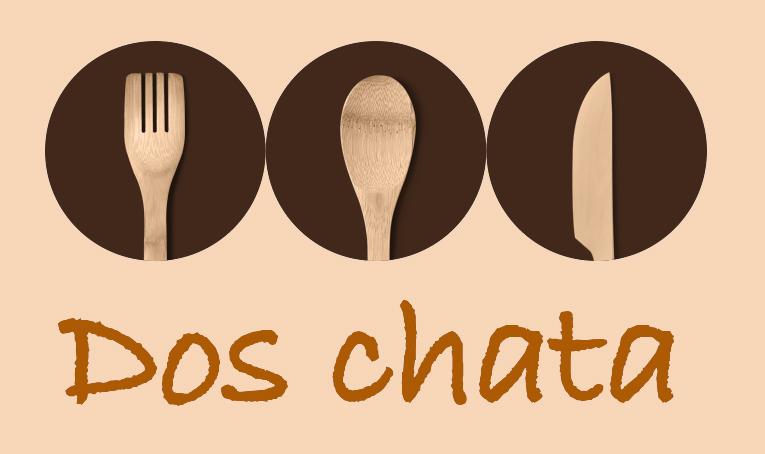1. Benefits of Vegetarian Meat Made with Wheat Flour
Vegan and vegetarian diets have become increasingly popular in recent years, and with good reason. One way to enjoy the delicious flavors of meat without actually consuming it is by trying vegetarian meat made with wheat flour. This alternative provides numerous benefits that make it a great option for those looking to cut back on their meat consumption.
Firstly, vegetarian meat made with wheat flour is a much healthier option compared to traditional meat. It is lower in cholesterol and saturated fats, which are known to contribute to heart disease and other health issues. By choosing this alternative, individuals can still enjoy the taste and texture of meat while reducing their intake of harmful fats.
Additionally, this plant-based alternative is a great source of essential nutrients. Wheat flour is rich in fiber, which promotes healthy digestion and can aid in weight management. It also contains important minerals such as iron and magnesium, which are crucial for maintaining overall health and wellbeing.
Moreover, vegetarian meat made with wheat flour is environmentally friendly. The production of traditional meat requires vast amounts of water and contributes to deforestation and greenhouse gas emissions. By opting for plant-based alternatives, individuals can reduce their carbon footprint and make a positive impact on the planet.
2. Ingredients Required for Making Vegetarian Meat
To create delicious and nutritious vegetarian meat options, you will need a variety of ingredients that provide both taste and texture. Whether you’re a vegetarian or just looking to reduce your meat consumption, these options will surely satisfy your cravings.
H3: Essential Ingredients
One of the essential ingredients for making vegetarian meat is protein. Lentils, tofu, seitan, and tempeh are great sources of plant-based protein that can be used as a base for your recipes. These ingredients not only provide a good amount of protein but also offer a meat-like texture that mimics the real thing.
H3: Flavor Boosters
To enhance the taste of your vegetarian meat, you can use various spices and seasonings. Garlic powder, onion powder, paprika, and liquid smoke can add a smoky flavor, while tamari or soy sauce can provide that umami taste. Don’t be afraid to experiment with different combinations to create unique flavors.
H3: Texture Enhancers
Texture is crucial when it comes to vegetarian meat, as it helps create a satisfying bite. Textured vegetable protein (TVP) and vital wheat gluten are commonly used ingredients to add a chewy and fibrous texture to your plant-based creations. You can also use oats or breadcrumbs to give your vegetarian meat a hearty texture.
H3: Binding Agents
To ensure your vegetarian meat holds together, you’ll need binding agents. Common options include ground flaxseed mixed with water, breadcrumbs, or cornstarch. These ingredients help your mixture stay intact during cooking and provide a consistent texture throughout.
By using these essential ingredients, flavor boosters, texture enhancers, and binding agents, you can create vegetarian meat that rivals its meat counterparts. These ingredients provide the building blocks for vegan burgers, meatballs, sausages, and so much more. Get creative in the kitchen and explore the endless possibilities of vegetarian meat.
3. Step-by-Step Guide to Making Vegetarian Meat
When it comes to vegetarianism, many people are looking for alternatives to traditional meats. Whether it’s for health reasons, ethical beliefs, or simply a desire to try something new, making vegetarian meat at home can be a rewarding and delicious experience. In this step-by-step guide, we will explore the process of creating your own vegetarian meat from scratch.
First and foremost, it’s important to gather all the necessary ingredients. Luckily, most of the ingredients needed for vegetarian meat can be found at your local grocery store or health food market. These typically include vital wheat gluten, nutritional yeast, soy sauce, vegetable broth, and a variety of spices and seasonings.
Once you have all your ingredients ready, it’s time to combine them and create the base for your vegetarian meat. Mix the vital wheat gluten, nutritional yeast, and spices together in a bowl. In a separate bowl, combine the soy sauce and vegetable broth. Slowly add the wet ingredients to the dry mixture, stirring constantly until a dough-like consistency is formed.
Next, it’s time to knead the dough to develop the gluten. This step is crucial in creating a texture that is similar to traditional meat. Knead the dough for about 5-10 minutes, until it becomes elastic and springy.
After kneading, it’s time to shape the vegetarian meat. You can form it into patties, sausages, or any other shape you desire. Once shaped, you can either steam, bake, or fry the vegetarian meat, depending on the recipe you are following.
And there you have it – a basic step-by-step guide to making vegetarian meat. The possibilities are endless when it comes to creating your own meat alternatives, so don’t be afraid to experiment with different flavors and seasonings. Whether you’re a seasoned vegetarian or just looking to incorporate more plant-based options into your diet, making your own vegetarian meat can be a fun and satisfying culinary adventure.
4. Tips and Tricks for a Perfect Vegetarian Meat
Having a perfect vegetarian meat can be a real game-changer for those who are looking to adopt a vegetarian lifestyle or simply reduce their meat consumption. Here are some tips and tricks to help you achieve the perfect vegetarian meat.
1. Choose the right ingredients: Opt for plant-based proteins such as tofu, tempeh, seitan, or legumes like chickpeas and lentils. Experiment with different textures and flavors to find the ones that suit your taste buds the best.
2. Marinate for flavor: Marinating your vegetarian meat is crucial to enhance its taste and texture. Use a combination of herbs, spices, and sauces to infuse the flavors deep into the protein. Allow it to marinate for at least an hour or overnight for maximum flavor.
3. Play with seasonings: Don’t be afraid to experiment with different seasonings to add depth and complexity to your vegetarian meat. Try smoked paprika, liquid smoke, tamari, nutritional yeast, or soy sauce to give your meat alternative that smoky and savory taste.
4. Cooking techniques: Explore various cooking techniques to achieve the desired texture and taste. Grilling, baking, stir-frying, or slow-cooking can all be used to prepare delicious vegetarian meat alternatives. Remember to adjust the cooking time and temperature based on the protein you are using.
Incorporating these tips and tricks into your vegetarian cooking journey will help you create mouthwatering meat alternatives that satisfy even the most avid meat lovers. So, go ahead and give these ideas a try to enjoy a perfect vegetarian meat experience.
5. Serving Suggestions and Recipe Variations
En esta sección, te brindaré opciones y recomendaciones para servir esta receta, así como variaciones que puedes incorporar para darle tu toque personal.
Para complementar esta deliciosa receta, te sugiero acompañarla con una ensalada fresca y colorida. Puedes elegir entre una ensalada de hojas verdes aderezada con una vinagreta de frutas o una ensalada de quinoa con vegetales mixtos y un aderezo de yogur griego. Ambas opciones agregarán un toque de frescura y equilibrio a tu plato principal.
Si estás buscando una opción más completa, considera servir este plato con una guarnición de arroz al curry o puré de papas. El arroz al curry añadirá un sabor exótico y picante, mientras que el puré de papas agregará una textura suave y cremosa.
Además, puedes explorar diferentes variaciones de esta receta. Si prefieres un sabor más picante, puedes agregar chiles jalapeños o sriracha a la salsa. Si te encanta la comida italiana, intenta agregar albahaca fresca y queso parmesano rallado por encima. ¡Las opciones son infinitas!
¡Experimenta con estas sugerencias y variaciones en tu cocina para crear una experiencia culinaria única y deliciosa!


